Drain for a washing machine in a country house
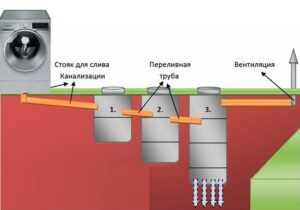 Modern washing machines work perfectly without central water supply and sewerage, which allows them to be used outside city apartments. The main thing is to properly drain the washing machine in a private home, taking care of both technology and the environment. You cannot simply remove the drain hose into the shambo: the container will quickly overflow, the powder will seep into the soil, and the sewage from the drum will begin to smell unpleasant. It is necessary to find an alternative - separate and protected drainage. Let's take a closer look at what exactly we are talking about.
Modern washing machines work perfectly without central water supply and sewerage, which allows them to be used outside city apartments. The main thing is to properly drain the washing machine in a private home, taking care of both technology and the environment. You cannot simply remove the drain hose into the shambo: the container will quickly overflow, the powder will seep into the soil, and the sewage from the drum will begin to smell unpleasant. It is necessary to find an alternative - separate and protected drainage. Let's take a closer look at what exactly we are talking about.
How to organize a drain?
To prevent the washing machine from causing contamination of groundwater and soil, it is necessary to consider the safe drainage of sewage from the drum. The best option would be to allocate a separate sealed container for the machine, which is emptied as the sewer machine fills it. However, there are several “buts”: it is expensive, difficult and not accessible to everyone.
If it is not possible to install a separate tank for the washing machine, then you can consider another option - using natural detergents. Environmentally friendly phosphate-free powders are more expensive than usual, but are absolutely safe for the environment. When released into the ground, the active components of the concentrate quickly decompose without harming trees and plants. As for costs, even the extra charge for “eco” cannot be compared with servicing an additional chambo.
For laundry in a country house, it is recommended to use environmentally friendly, natural-based detergents, without phosphates and aggressive bleaches.
A homemade sump tank can be an aesthetic solution to the problem. Its arrangement will be cheaper than shambo, and the release of sewage into groundwater will be excluded. The instructions are as follows: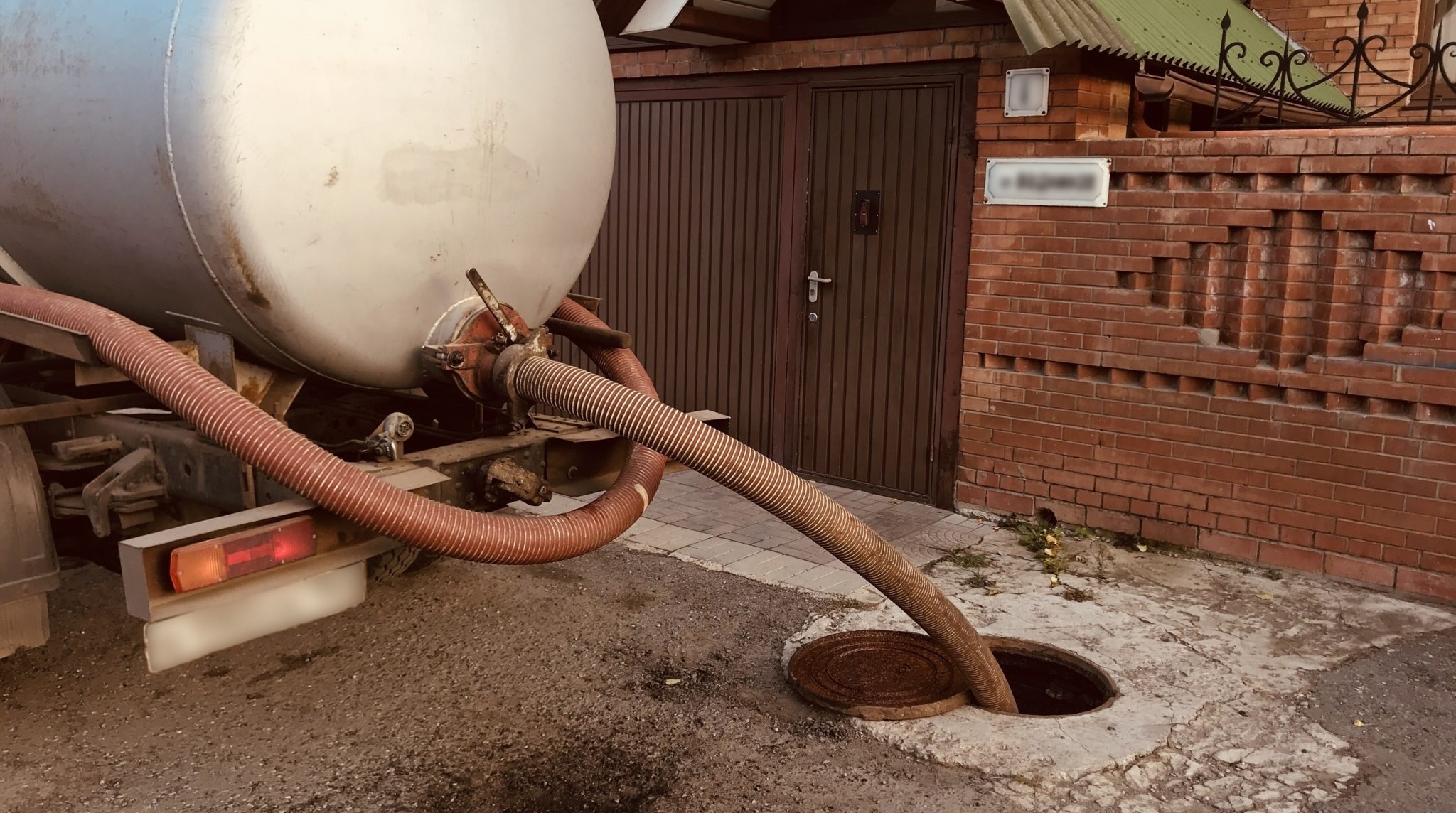
- dig a hole so that at least 1 m remains to the groundwater level;
- strengthen the future sump with old car tires;
- cover the pit with a strong lid;
- lead the drain hose of the machine into the sump.
A homemade sump has only one drawback - it can only be used in the summer. During the cold season, the entire system will freeze and washing will become impossible. To use the machine year-round in a country house, it is necessary to consider a “winter” drain.
"Winter" drain
When planning to use a washing machine in a heated country house in winter, you should “modify” the septic tank and the sewer system leading to it. To avoid freezing with subsequent rupture of pipes, it is necessary to organize proper drainage. To do this, you need to take into account several important points.
- The cesspool should be deeper.
- The pipe is buried into the ground at least 1-1.5 m, ideally to the depth of soil freezing (depending on the region).
- Water drainage is done with a slight slope towards the sump at the rate of 1 cm per meter. This ensures the movement of sewage by gravity. The flow rate also increases, which prevents freezing of the liquid.
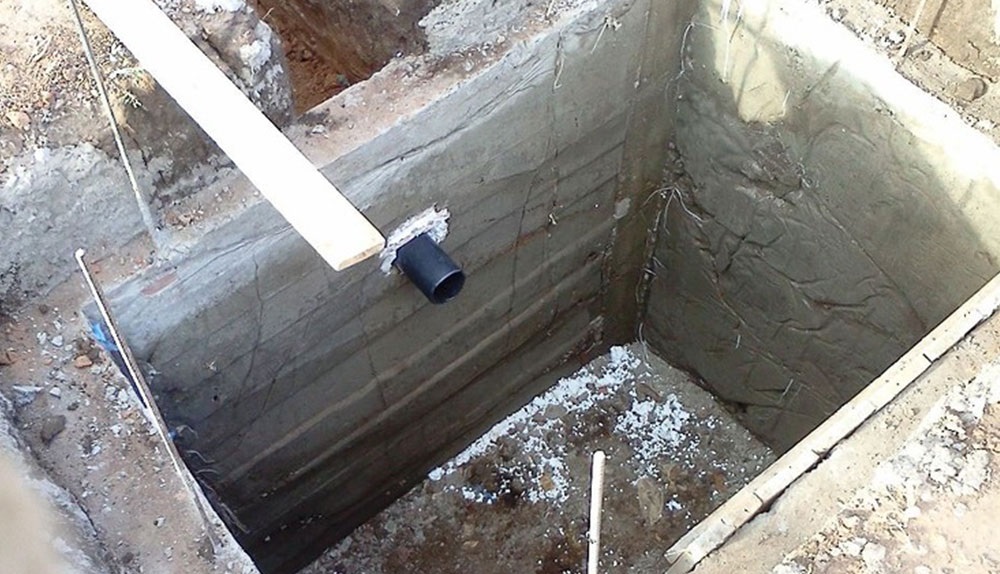
- For a sealed connection between the drain hose and the pipe, a reduction is used - a special adapter coupling.
- Pipes are brought into the ground from the basement to prevent the metal from freezing.
- The pipes to the well must be located with a slope and without sudden changes, otherwise air “plugs” will arise that slow down the water flow.
The “winter” drain must be protected from freezing due to depth, warmth and slope.
When connecting a washing machine to a sewer system, including a domestic one, you need to remember the “siphon effect”. It lies in the fact that if the drain hose is incorrectly positioned, the tank will empty by gravity and pick up sewage from the drain. To avoid this, you should secure the corrugation with a loop on the back panel of the machine using a special hook. When laying sewers, bends are inevitable. But when turning 90 degrees, it is better to abandon the bends and install two half-bends. This move will make the “hook” smooth, without complicating the drainage of sewage.
Interesting:
Reader comments
- Share your opinion - leave a comment
Categories
Washing machine repair


For buyers

For users

Dishwasher

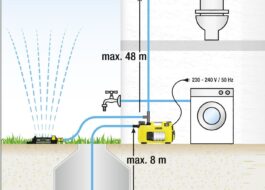
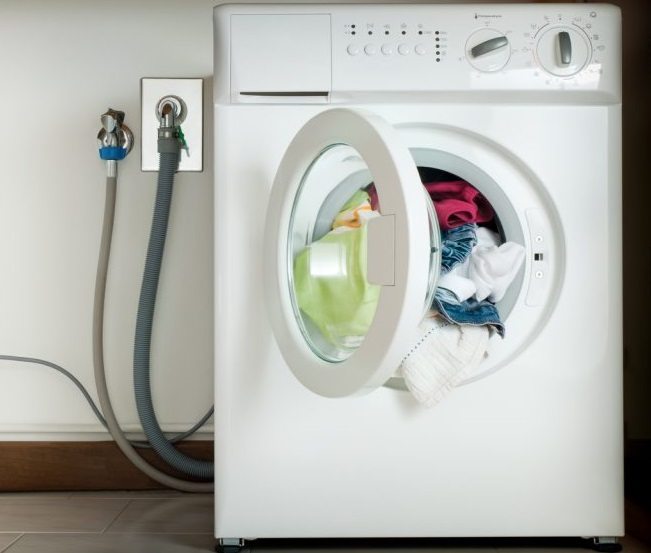

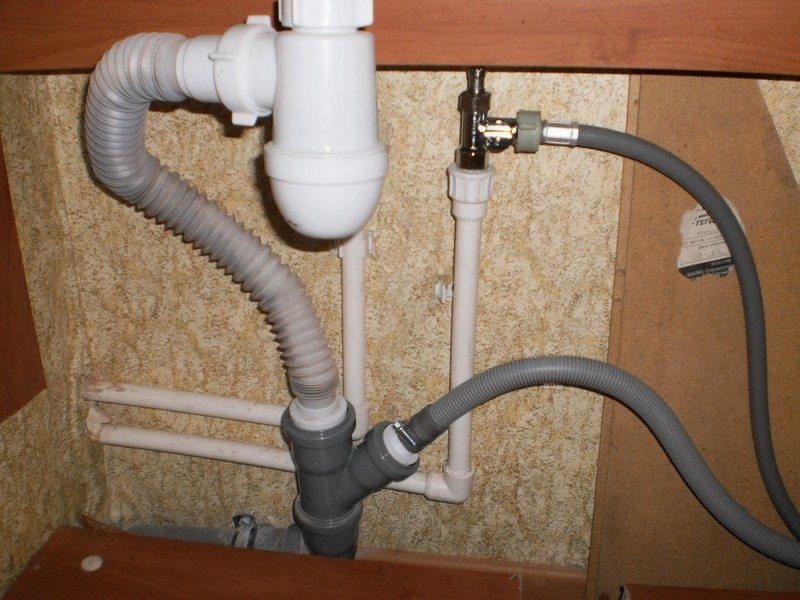












Add a comment